Product Overview
The HIEE205012R1 control unit is a core component in ABB’s automation control systems, designed specifically to meet complex industrial control requirements. It integrates advanced microprocessor technology, reliable electronic components, and a comprehensive range of control algorithms to achieve high-precision, high-reliability control of various equipment in industrial production processes, making it a key component in building modern industrial automation systems.
Technical Specifications
Processor Performance
It is typically equipped with a high-performance microprocessor with powerful computing power, capable of rapidly processing large amounts of control instructions and data, ensuring real-time system responsiveness. For example, when handling complex logical operations and real-time control algorithms, it can complete calculations and output control signals in record time.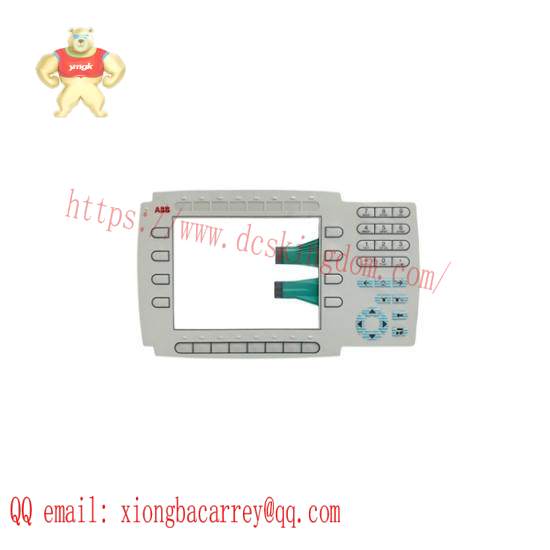
Memory Capacity
Memory has a certain capacity, including random access memory (RAM) and read-only memory (ROM). RAM is used to store runtime programs and data, ensuring fast read and write operations; ROM stores fixed control programs and system parameters, ensuring system stability and reliability. Larger memory capacities support more complex control programs and increased data storage requirements.
Input/Output (I/O) Points
The control unit provides a wide range of I/O interfaces, supporting various types of sensors and actuators. The specific number of I/O points varies depending on the model and configuration, meeting the needs of industrial control systems of varying scales. For example, analog I/O modules can be connected to acquire and output continuously changing physical quantities such as temperature, pressure, and flow; digital I/O modules can also be connected to control the on/off state of switchgear.
Communication Interfaces
The control unit supports a variety of communication protocols and interfaces, including Ethernet, serial ports (RS-232, RS-485), and fieldbuses (Profibus, Modbus, and EtherCAT). Through these communication interfaces, the control unit can exchange data and communicate with other devices (such as host computers, human-machine interfaces, and other control units), enabling distributed control and centralized monitoring.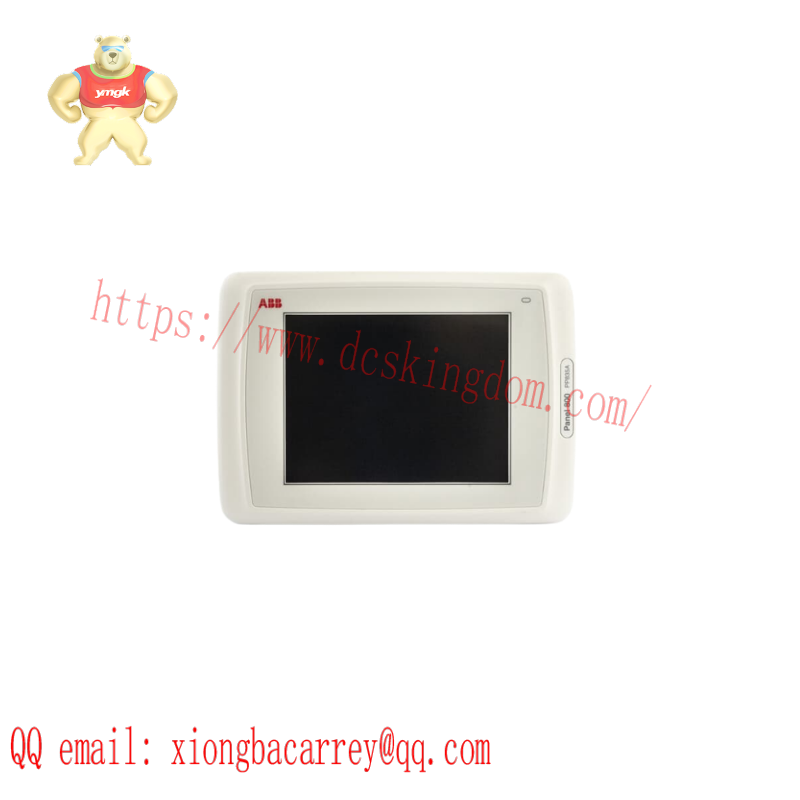
Functional Advantages
High-Precision Control
Adopting advanced control algorithms such as PID control, fuzzy control, and neural network control, it achieves precise control of industrial processes. For example, in a temperature control system, precise PID algorithms regulate the output of heating or cooling equipment to maintain stable temperatures near the set point, improving product quality and production efficiency.
High Reliability
Equipped with comprehensive fault diagnosis and fault tolerance mechanisms, the system monitors its operating status and external device connections in real time. When a fault occurs, it promptly issues an alarm and takes appropriate protective measures, such as switching to backup equipment or ceasing hazardous operations, to ensure safe and stable system operation.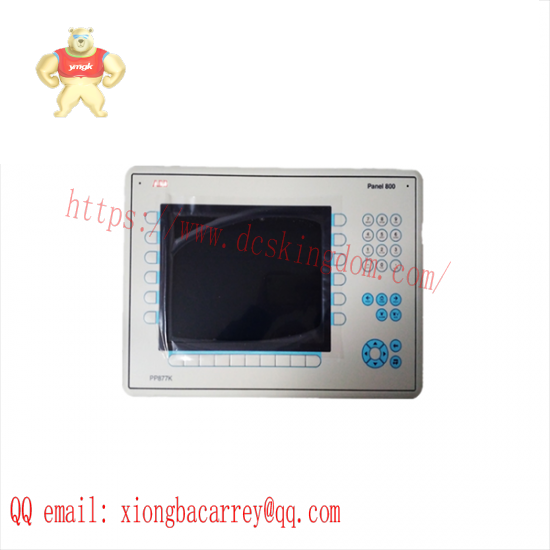
A redundant design allows for redundant critical components (such as power supplies and communication modules). If a primary component fails, the backup component can immediately take over, avoiding system downtime and improving system reliability.
Flexibility and Scalability
A modular design allows users to flexibly configure functional modules, such as I/O modules and communication modules, based on actual needs, facilitating system upgrades and expansion. For example, as production scale expands or control requirements increase, simply adding the appropriate module can meet new requirements without replacing the entire control unit.
It provides a rich set of programming interfaces and development tools, supporting multiple programming languages (such as ladder diagrams, instruction lists, and function block diagrams), facilitating program development and debugging for engineers and shortening system development cycles.
Application Scenarios
Power Industry
In power plants, it controls the operation of key equipment such as boilers, steam turbines, and generators, enabling automated monitoring and control of the power production process. For example, the control unit adjusts boiler combustion parameters to improve combustion efficiency and reduce energy consumption; it controls the speed and load of steam turbines to ensure stable generator output.
In substations, it controls electrical equipment such as circuit breakers and disconnectors, enabling automated operation and protection of the power system. For example, when a power grid fault occurs, the control unit can quickly detect the fault signal and automatically disconnect the faulty line, protecting equipment and personnel.
Chemical Industry
It controls equipment such as reactors, distillation towers, and heat exchangers in chemical production processes, achieving precise control of process parameters such as temperature, pressure, and flow. For example, during a chemical reaction, the control unit adjusts the reactant addition rate and reaction temperature to ensure the reaction proceeds as planned, improving product quality and production safety. Manufacturing
On automated production lines, various mechanical equipment (such as robots, CNC machine tools, and conveyor belts) are controlled to achieve automation and intelligent production processes. For example, a control unit can precisely control the robot’s motion trajectory and processing parameters based on the product’s processing requirements, achieving efficient and accurate production.
Installation and Maintenance
Installation
Select a suitable installation location. Avoid environments with high temperatures, humidity, corrosive gases, or strong electromagnetic interference. The control unit should be installed in a dry, well-ventilated control cabinet to ensure proper heat dissipation.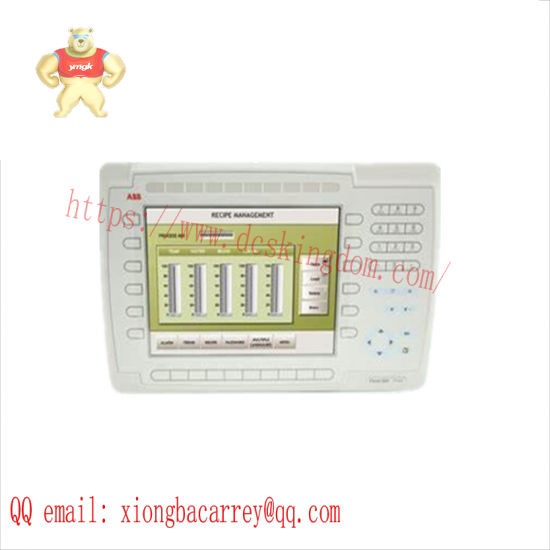
Installation is performed according to the installation instructions, and the power, signal, and communication cables are properly connected. During the connection process, ensure that the wiring is correct and secure to avoid short circuits or poor contact.
Debugging
After installation is complete, debugging is required. First, perform a hardware check to confirm that all components of the control unit are correctly installed and connected. Then, perform software configuration to set the control unit parameters according to actual requirements, such as I/O point configuration, communication parameters, and control algorithm parameters.
Next, simulated debugging is performed. By simulating input signals, the control unit’s output is checked to ensure it meets expectations, and the control logic and algorithms are debugged. Finally, on-site joint debugging is performed, connecting the control unit to the on-site equipment for overall debugging to ensure proper system operation.
Maintenance
Regularly check the control unit’s operating status, observe the indicator lights, and verify that the cooling fan is operating properly. Regularly clean the control unit’s exterior and interior to remove dust and maintain a clean and hygienic environment.
Regularly back up the program and data in the control unit to prevent data loss due to unexpected circumstances. Perform regular maintenance and servicing according to the device’s instruction manual, such as replacing batteries and inspecting consumable parts like capacitors, to ensure stable performance.
Related product recommendations:
ABB full power converter 5SHY3545L0010 3BHB013088R0001 3BHE009681R0101 GVC750BE101
ABB full power converter 3BHE037864R0106
ABB full power converter 5SHY3545L0010 3BHB013088R0001
ABB full power converter UFC911B106 3BHE037864R0106
ABB full power converter 3BHE009681R0101
ABB full power converter 3BHB013088R0001
ABB full power converter 7625013-S
ABB full power converter REF615E_E HBFHAEAGNCA1BNN1XE
ABB full power converter XUD194 3BHE018137R0001 AC800PEC
ABB full power converter XUD194 3BHE018137R0001
ABB full power converter KUC755AE105 3BHB005243R0105
ABB full power converter 3BHB005245R0101
ABB full power converter PP885 3BSE069276R1
ABB full power converter 3HNA024871-001
More…


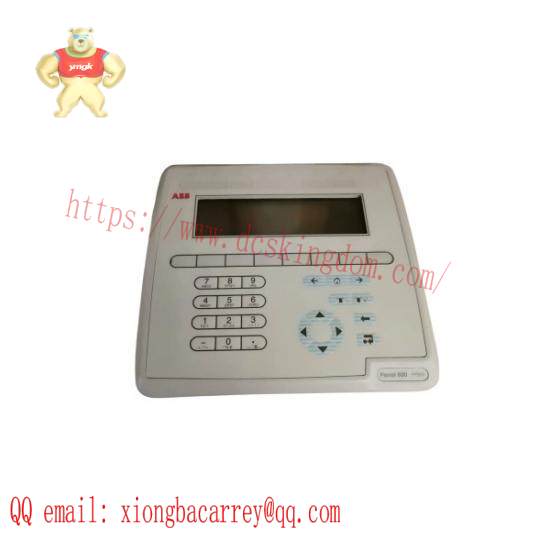
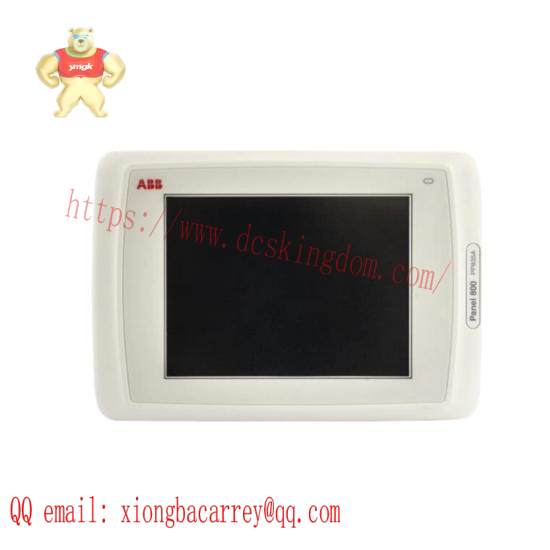
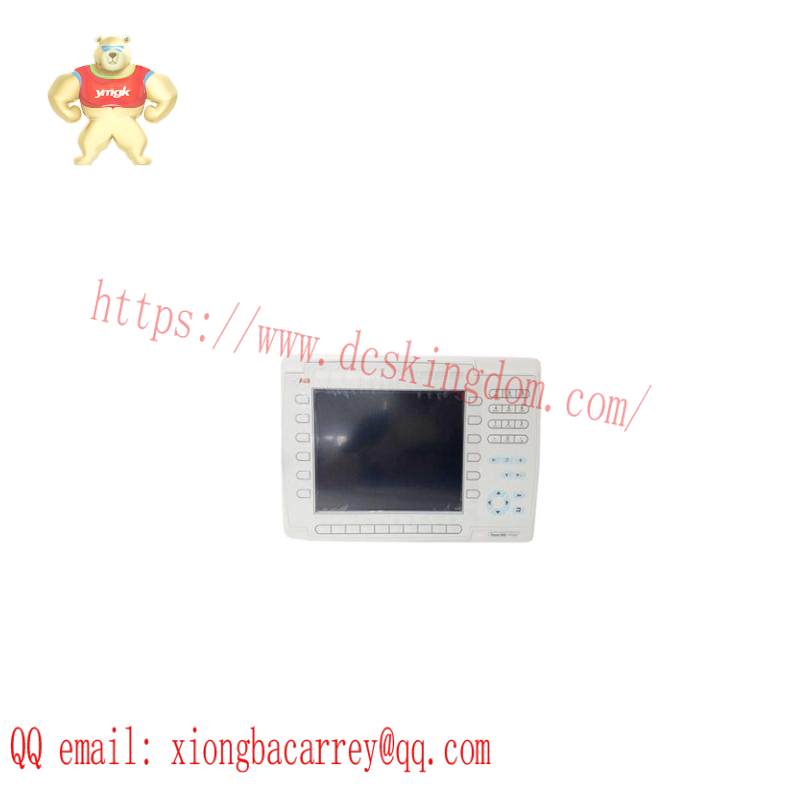


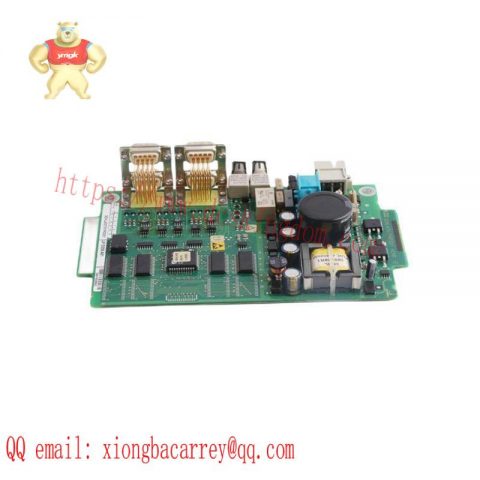
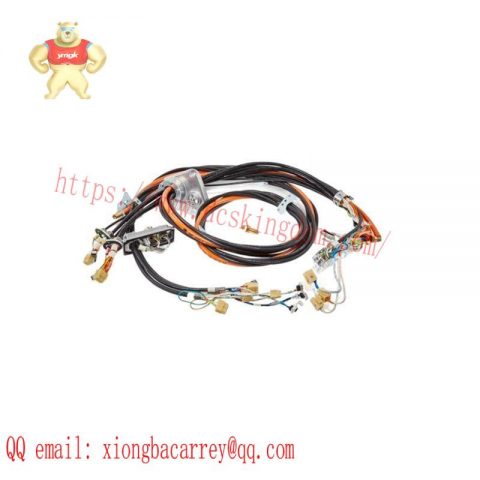
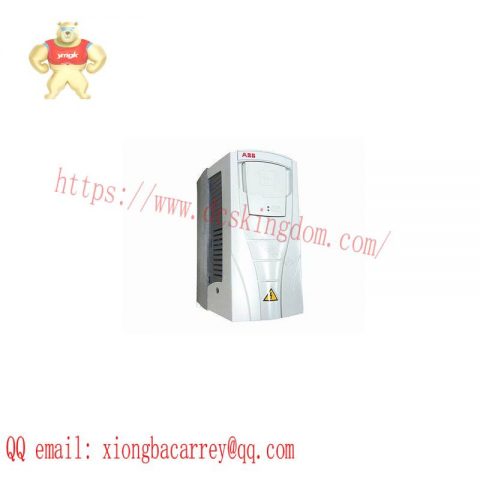


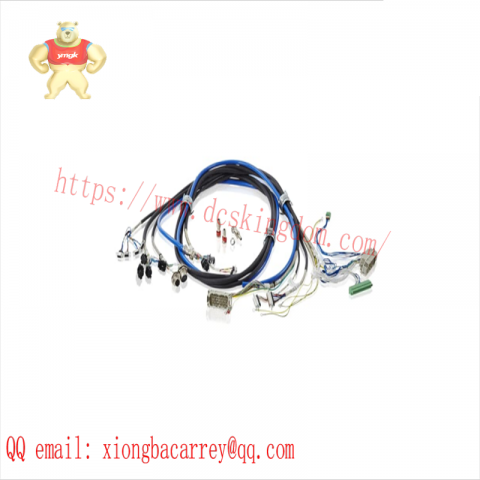
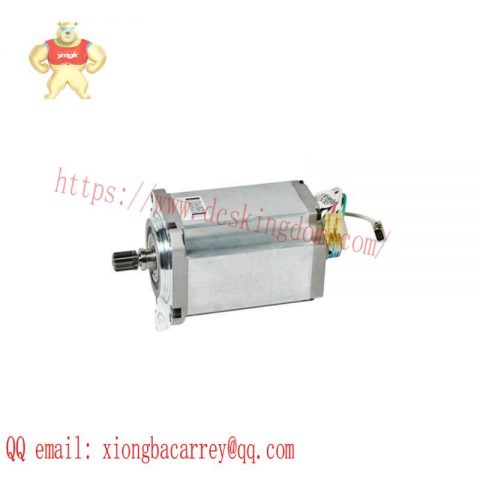
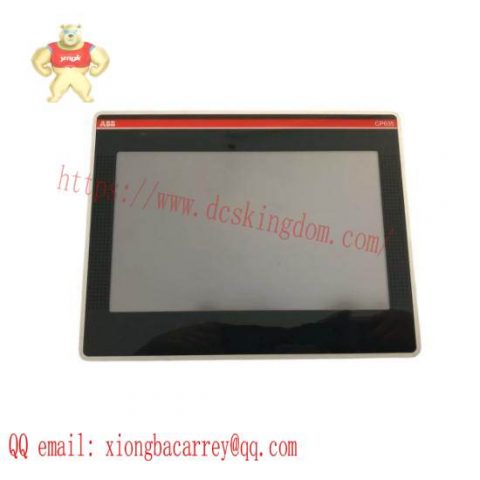
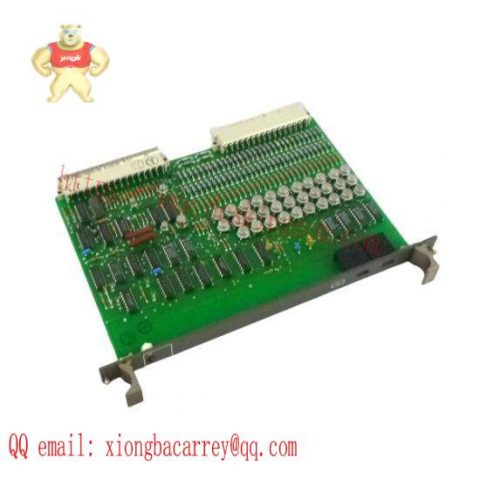
There are no reviews yet.